| |
Move over pencil, there’s a new kid in town
Welcome to the latest issue of the DFNZ newsletter. In this issue we celebrate the technological advances that can help make life easier for those with dyslexia, go some way to leveling the playing field, and in some instances provide an advantage. The world digital revolution is continuing at great pace, and implementation in the education sector has reached record levels with the use of tablets, laptops, iPads, social networking and other elearning tools.
This trend is expected to gain further momentum in 2012 and 2013 as schools and institutions embrace innovations that impact all aspects of the educational and administrative experience. In an age of instant communications and seamless technologies, homes are also emerging as a vital hub of learning, work and entertainment.
It is now five years since the Ministry of Education officially recognized dyslexia and, while we remain focused on ensuring the dyslexic voice is heard and integrated into formal education practices and policies, we also recognize there is great scope for individuals to initiate meaningful action in their own lives through adoption of technology.
In this issue:
 |
Some elearning insights - click here
|
 |
Professional development and the elearning space + special assessment conditions guidelines - click here
|
 |
Elearning and assistive technology in the modern classroom: the latest from eTime and Neil MacKay + Neil Mackay in New Zealand late September/October - click here |
 |
Rob’s Way Round – biking across the world for dyslexia- click here
|
 |
International News and Media - click here
|
 |
Featured poem by Phil Chisholm - click here |
| |
|
Our tendency is to look back and rely on what worked for us, however, “since we can’t know what knowledge is most needed in the future, it is senseless to try to teach it in advance. Instead we should try to turn out people who love learning so well that they will be able to learn whatever needs to be learned.” John Holt, How Children Fail. 1964.
A recent report from Canadian tech company CDW-G provides some fascinating insights into disparities between teachers and students’ views on the way technology might support learning. Some of the key insights include:
Invest in engagement: experiments in schools with reversed instruction – where kids watch lectures as homework and do assignments with the teacher during the school day.
The Generation Gap: 94% of students say they use technology to study or work on class assignments at home BUT just 46% of schools say they regularly assign homework that requires use of technology.
Consider the students: students are more in touch with technology these days and may well know more tricks than their teachers. This is the first time in history that a student may know more than their teacher!
Read more: click here
|
Elearning professional development
The Ministry of Education’s Digi-Advisors, who provide support and guidance on the effective use of digital content and software, have created a wiki to show how elearning can be used to support quality teaching in New Zealand.
Teachers and schools can use the wiki resource below in a number of ways:
- To help identify how your current practice in elearning relates to the criteria in order to write to this in official appraisal documents
- To provide examples of how other educators are using elearning in relation to the criteria in order to help teachers develop their own practice and set goals
- It can also be used by school leaders to support teachers to develop goals related to the criteria which incorporate elearning
Registered teacher criteria.wikispaces - click here
In other education developments; the New Zealand Qualifications Authority has published updated guidelines to best practice in special assessment conditions for students that learn differently. Keep abreast of developments – click here |
|
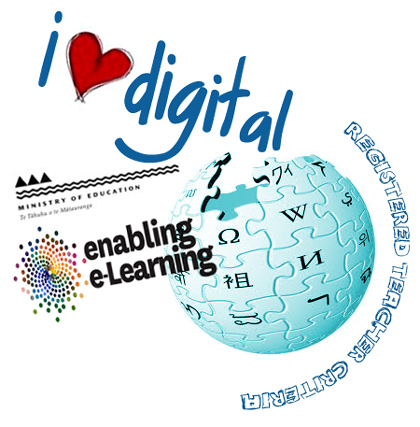 |
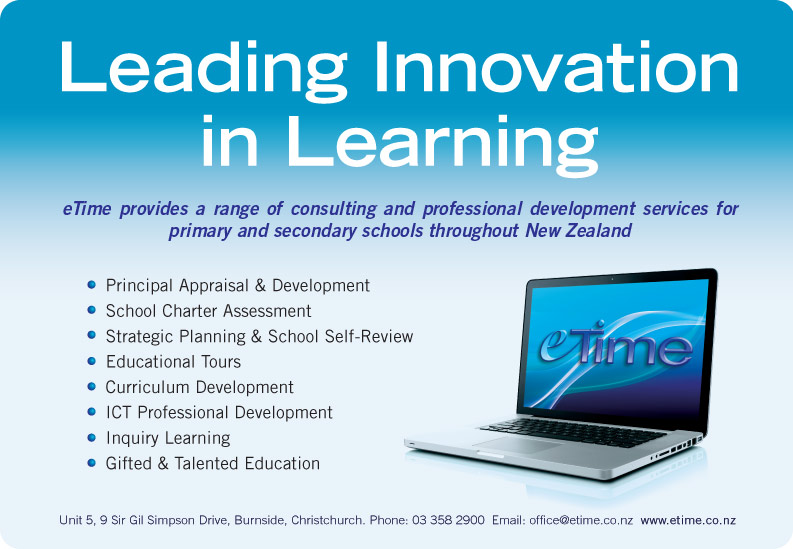
| Elearning and assistive technology in the modern classroom: the latest from eTime and Neil MacKay + Neil Mackay in New Zealand late September/October |
| |
|
As elearning – made possible with assistive technologies from spellcheckers to smart pens, iPads and more – becomes an accepted part of teaching practice it is useful to look at what some of the latest trends and tools are, and how these might best be used.
International dyslexia expert Neil Mackay, a DFNZ global consultant who has run two highly successful lecture tours in New Zealand in collaboration with DFNZ, is a strong advocate for assistive technology that helps level the playing field for those with dyslexia. He has put together a handy guide to latest developments in his article “The rise and rise of Assistive technologies”. Neil Mackay is also due in New Zealand in late September/October and will make a keynote presentation at the SPELD conference on 6 October. He is keen to hear from schools or learning clusters interested in whole school training that enables a positive environment for all students with learning difference. Neil is due in New Zealand in late September and able to conduct workshops during this time. He says his diary shows he has been largely working in the North Island on previous trips and is keen to make amends to South Island schools who would like some training time!
Building on the 4D Dyslexia Friendly Schools Initiative, Neil is already working with a school in Napier to develop a largely cost-free model for a Dyslexia Friendly Quality Mark. This initiative dovetails with Ministry of Education and Education Review Office priorities. Neil is also currently working with four Australian schools towards developing a Quality Mark for Australia. New Zealand schools or RTLBs interested in joining the New Zealand initiative can contact Neil through his website at www.actiondyslexia.co.uk.
|
Danny Bedingfield, an experienced elearning facilitator with Christchurch based consultancy eTime, is also an advocate of assistive technologies and in particular the iPod and iPad. These devices have now etched a place in New Zealand classrooms but their full potential is still to be realized. Check out his article “Move over pencil, there’s a new kid in town” to see how these tools can dramatically improve student learning when properly utilized.
Further on the topic of assistive technology, this recent article from the South Carolina State newspaper also provides insights into how technology is helping to restore students confidence and self-esteem – click here.
| Rob’s Way Round – biking across the world for dyslexia |
New Zealander Rob Booth is riding from the UK back home to New Zealand on a fundraising adventure in support of dyslexia. His mantra - “being dyslexic should never hold you back”.
When Rob went to school, dyslexia wasn't really recognized, so he was never offered any help and was labeled difficult or disruptive. Leaving school with absolutely no qualifications however has not stopped him from achieving what he has wanted to.
Rob is riding a BMW Adventure Triple Black bike which will be kitted out with lots of gadgets so he can be tracked across the world. He left from Portsmouth heading to Spain on 8 February and will spend five months on his travels. First stops were France and Turkey, with the bike airfreighted to India for travel to Tibet, Laos, Thailand, Malaysia, Singapore over to Australia and back home to NZ. Rob will be sending photos, video and podcasts which he will write up and publish on his blog. To read about his progress click here.
|
|
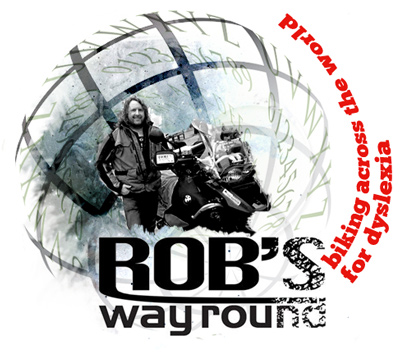
|
| International News and Media |
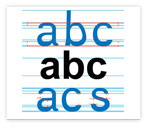 |
|
Project Dyslexie
Check out a new font designed to be easier for people with dyslexia to read. Here is a short video clip that explains it click here. For the homepage for Project Dyslexie click here. |
 |
|
The upside of dyslexia
In recent years, dyslexia research has taken a surprising turn: identifying the ways in which people with dyslexia have skills that are superior to those of typical readers. The USA is finally moving from disability to difference. Read more here.
|
 |
|
US lawmakers create caucus devoted to dyslexia
Read more here.
|
 |
|
Dyslexia and the reading brain
Read more here.
|
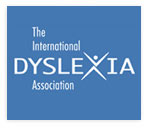 |
|
Teachers who are better prepared lessen the impact of reading difficulties
Read more here.
|
For more media – click here.
Featured Poem
By Phil Chisholm, Wellington |
We trust you have enjoyed this newletter and it has provided food for thought, particularly in terms of the value that assistive technology can offer to those with dyslexia. We thank you for your ongoing interest and support
Kind regards
The team at DFNZ
Enjoyed this newsletter? Remember to check out our archives click here.
WANT TO UNSUBSCRIBE?
This email was sent to you because your email address [recipients email address] is on the Dyslexia Foundation of New Zealand mailing list. We strive to only send email to those who want to receive it. If you no longer wish to receive email from DFNZ, please email: info@dfnz.org.nz with "UNSUBSCRIBE" in the subject line and we will delete your details from our email contact list.
©Copyright Dyslexia Foundation of New Zealand. All rights reserved.
Content may be reproduced with permission of DFNZ, contact info@dfnz.org.nz |
|
|

